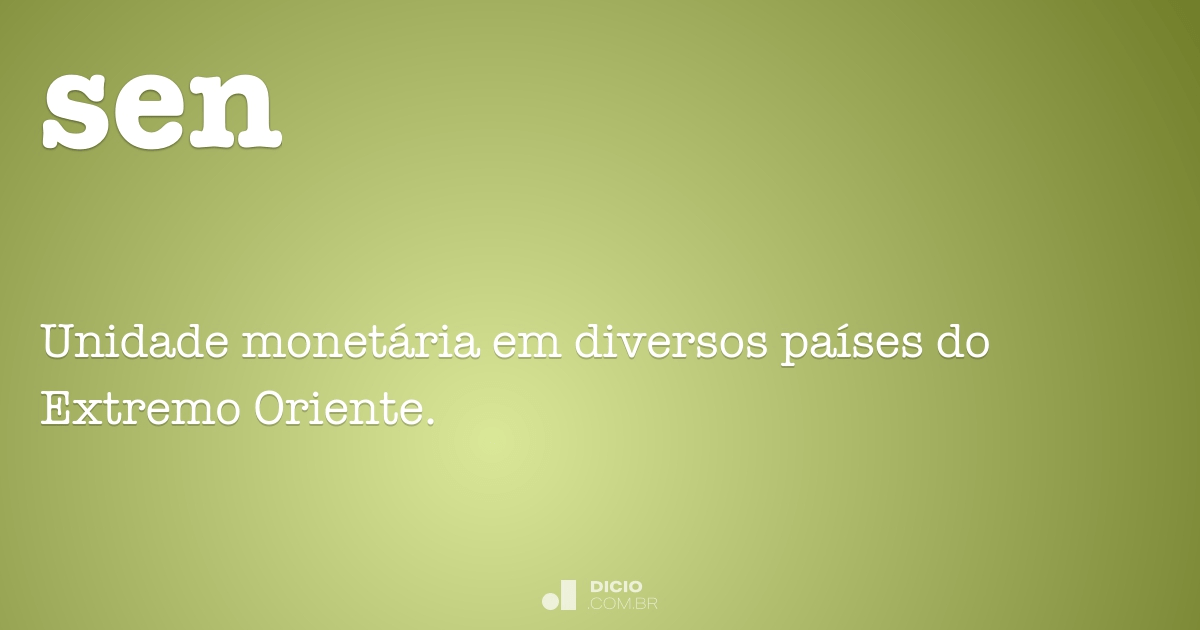
Define sen and explore its multifaceted role in Japanese society, currency, and cultural expressions. From its etymology to its historical significance, sen holds a unique place in understanding the intricacies of Japan’s past and present.
Sen, a ubiquitous term in Japan, encompasses various meanings and applications, shaping the nation’s monetary system, traditional practices, and artistic creations.
Definition of Sen

The term “sen” (pronounced “sen”) holds a significant place in Japanese culture and economy. Derived from the Chinese word “qian,” it refers to a monetary unit in Japan. Sen plays a multifaceted role in Japanese society, ranging from its practical usage in currency to its symbolic and cultural significance.
Etymology of “Sen”, Define sen
The etymology of “sen” can be traced back to the Chinese character “qian,” which means “string of coins.” This character was introduced to Japan during the Nara period (710-794 CE) and was initially used to refer to Chinese coins. Over time, the term “sen” came to be applied to Japanese coins as well.
Definition of “Sen” in Japanese Culture
In Japanese culture, sen is more than just a monetary unit. It holds symbolic and cultural significance, often associated with good luck and prosperity. The term “sen” is frequently used in Japanese proverbs, idioms, and folk tales, reflecting its deep-rooted connection to Japanese society.
Significance and Usage of “Sen” in Japanese Society
Sen has been an integral part of Japanese society for centuries. It has played a crucial role in trade, commerce, and daily transactions. The value of sen has fluctuated over time, but it has consistently been a symbol of monetary exchange and economic activity in Japan.
Types of Sen: Define Sen
Throughout Japanese history, different types of sen have been issued, each with its own unique characteristics and significance.
100-Sen, 500-Sen, and 1,000-Sen Coins
The most common types of sen are the 100-sen, 500-sen, and 1,000-sen coins. These coins were introduced in the Meiji period (1868-1912) and have been in circulation ever since. They are made of various metals, including copper, bronze, and aluminum.
Historical Significance and Evolution
The different types of sen have evolved over time, reflecting changes in Japanese society and economy. The 100-sen coin, for example, was originally made of silver but was later changed to copper due to the rising price of silver. The 500-sen and 1,000-sen coins were introduced later to meet the need for larger denominations.
Cultural and Economic Implications
The different types of sen have had a significant impact on Japanese culture and economy. The 100-sen coin, in particular, has become a symbol of everyday transactions and is often used in vending machines and public transportation. The 500-sen and 1,000-sen coins are used for larger purchases and have played a role in the development of Japan’s economy.
Sen in Japanese Currency
Sen has played a central role in the Japanese monetary system for centuries. It was the primary currency unit until the introduction of the yen in 1871.
Role of Sen in the Monetary System
Sen was the smallest denomination of the Japanese currency. It was used in conjunction with larger units, such as the yen and the ri. The value of sen has fluctuated over time, but it has always been a valuable unit of currency.
History and Evolution of Sen as a Currency Unit
The history of sen as a currency unit can be traced back to the Edo period (1603-1868). During this time, sen was minted in various forms, including copper coins, silver coins, and gold coins. The introduction of the yen in 1871 standardized the Japanese currency system and established sen as a subunit of the yen.
Impact of Sen on the Japanese Economy and Daily Transactions
Sen has had a significant impact on the Japanese economy and daily transactions. It has been used for centuries to purchase goods and services, and it continues to be an important part of the Japanese monetary system. The value of sen has remained relatively stable over time, making it a reliable unit of currency for everyday transactions.
Sen in Japanese Culture

Beyond its monetary significance, sen also holds a deep cultural significance in Japanese society.
Use of Sen in Traditional Ceremonies and Rituals
Sen is often used in traditional Japanese ceremonies and rituals. For example, it is customary to give sen to children as a gift of good luck. Sen is also used in Shinto rituals, where it is offered to the gods as a symbol of respect and gratitude.
Symbolic and Metaphorical Meanings
Sen has a number of symbolic and metaphorical meanings in Japanese culture. It is often associated with good fortune, prosperity, and abundance. The term “sen” is also used in Japanese proverbs and idioms, reflecting its deep-rooted connection to Japanese society.
Sen in Japanese Art and Literature
Sen has also found its way into Japanese art and literature, where it has been used to express a variety of themes and emotions.
Use of Sen in Ukiyo-e Prints and Calligraphy
Sen has been a popular subject in ukiyo-e prints, which were woodblock prints produced in Japan during the Edo period. These prints often depicted scenes from everyday life, and sen was often used as a symbol of prosperity and good fortune.
Symbolism and Aesthetic Qualities in Japanese Literature
Sen has also been used in Japanese literature, including haiku and tanka poetry. In these poems, sen is often used to evoke a sense of nostalgia or longing. The aesthetic qualities of sen, such as its small size and round shape, have also been used to create a sense of beauty and harmony in Japanese literature.
Final Thoughts
In conclusion, sen serves as a multifaceted concept that permeates Japanese culture, currency, and art. Its historical evolution and cultural significance provide valuable insights into the country’s traditions, values, and economic development.
Detailed FAQs
What is the origin of the term “sen”?
The word “sen” originates from the Chinese character “銭,” meaning “coin” or “money.”
How many types of sen are there?
Historically, there were various types of sen, including 100-sen, 500-sen, and 1,000-sen coins.
What is the significance of sen in Japanese ceremonies?
Sen is often used as a ceremonial offering in Shinto rituals and other traditional Japanese practices.





